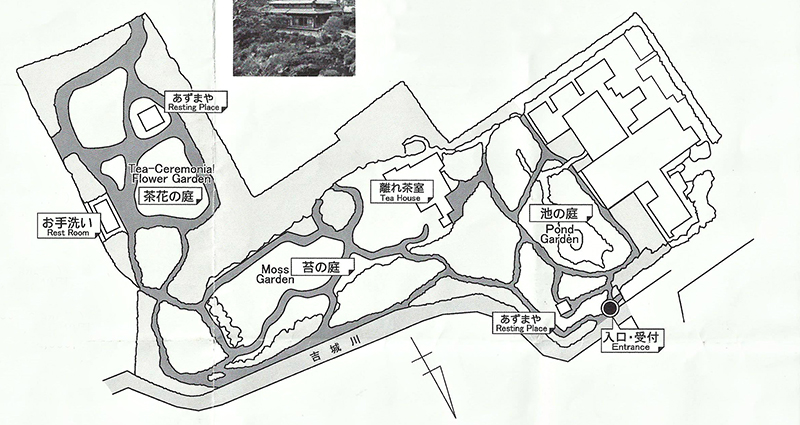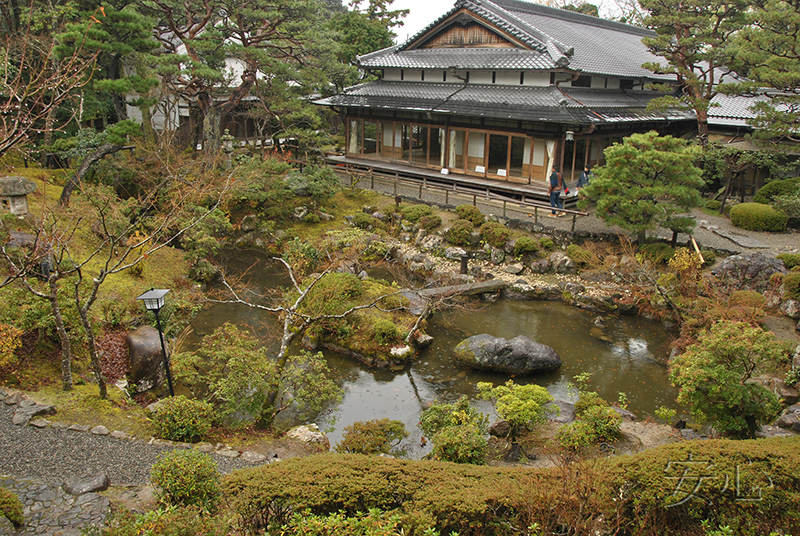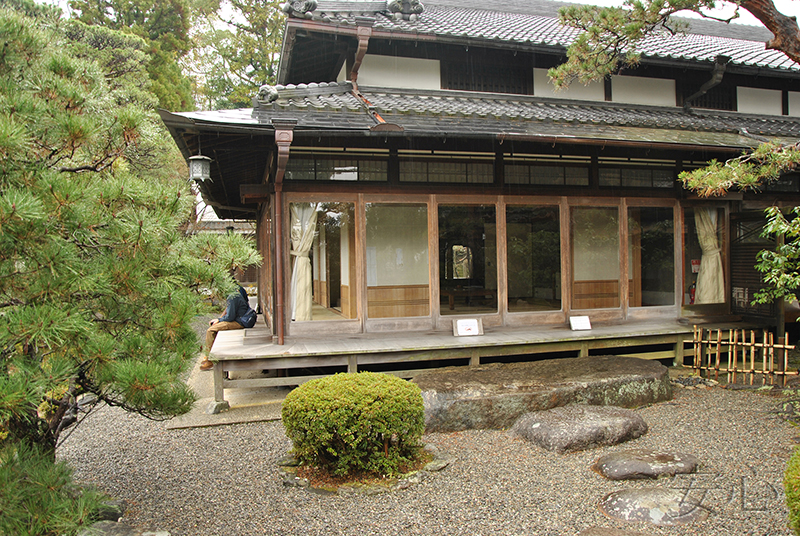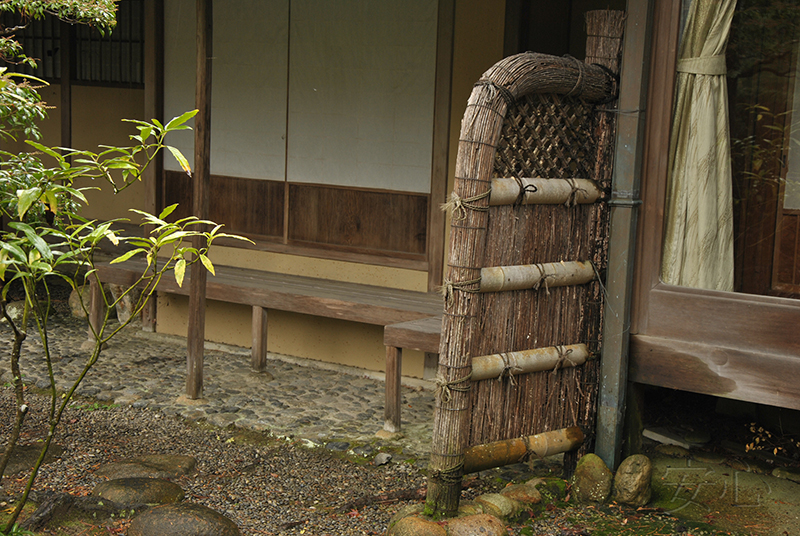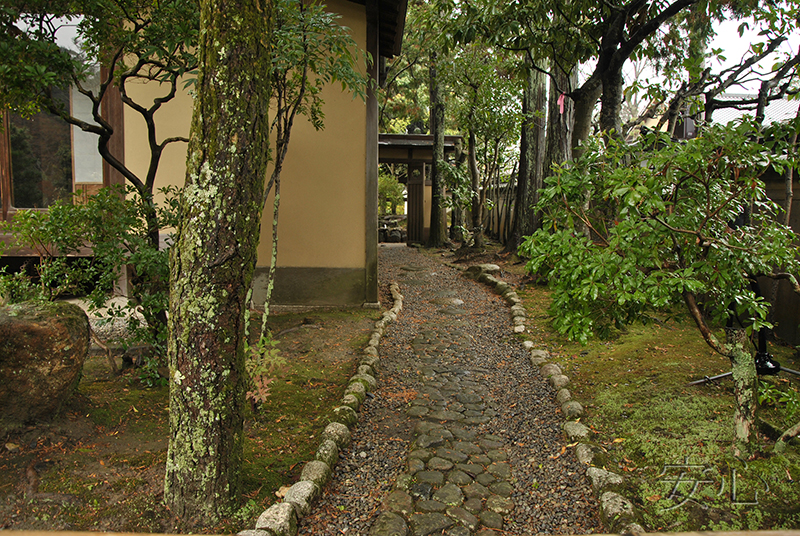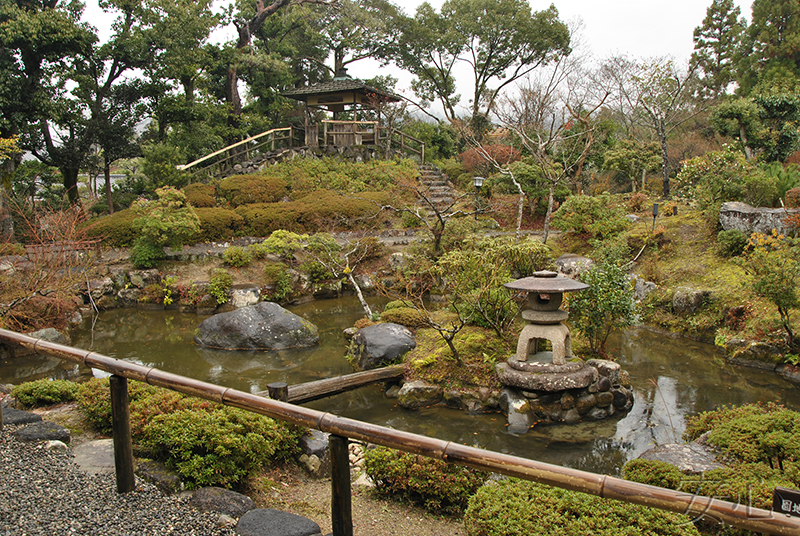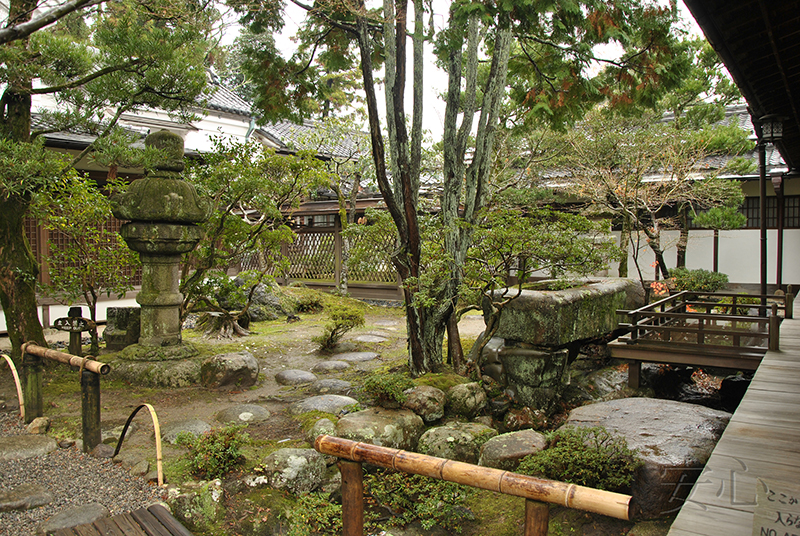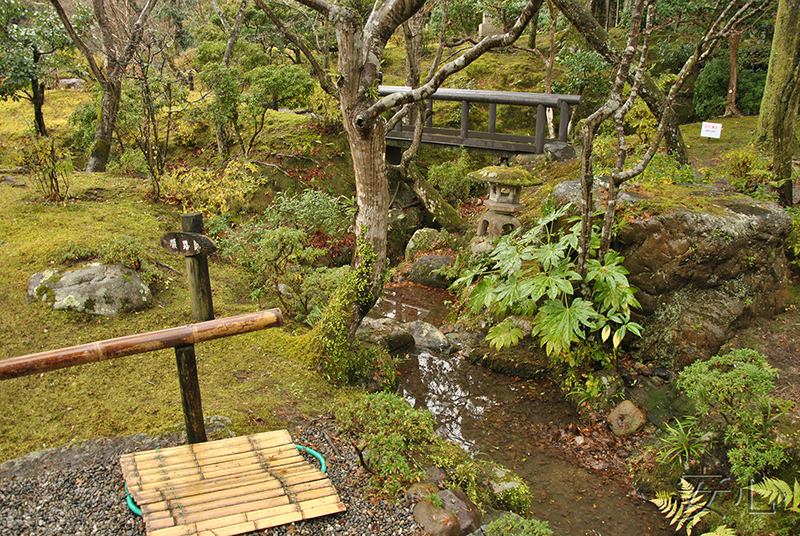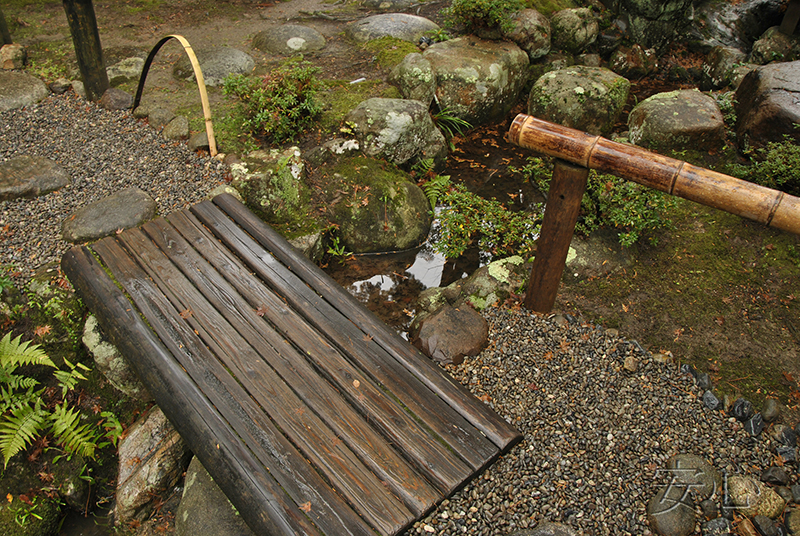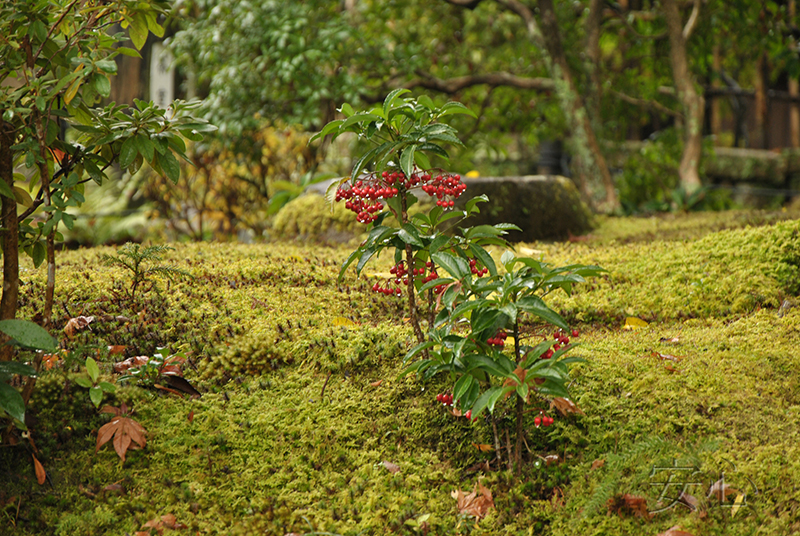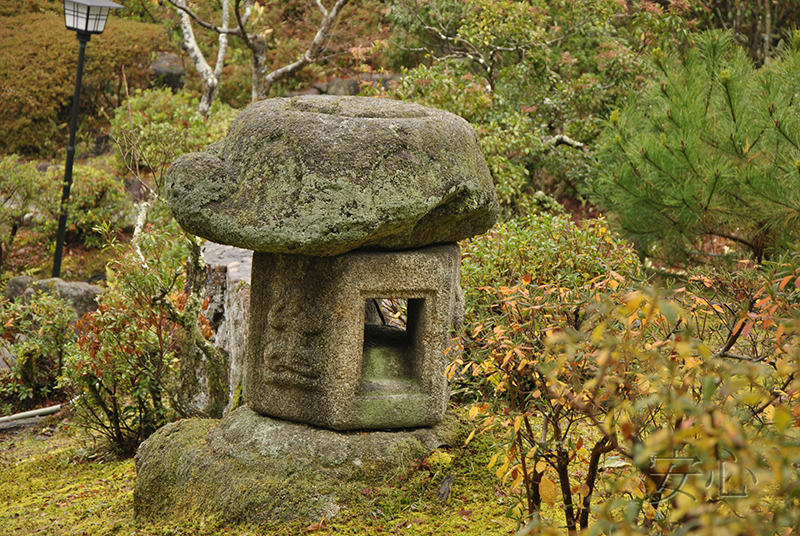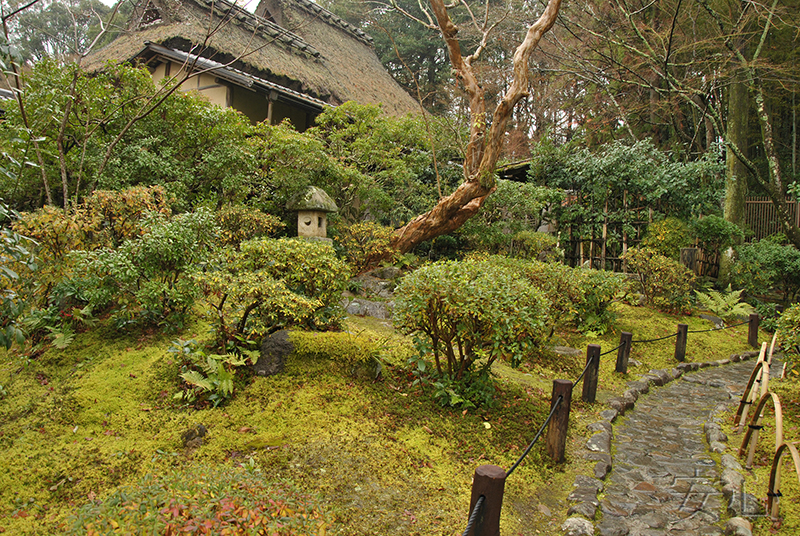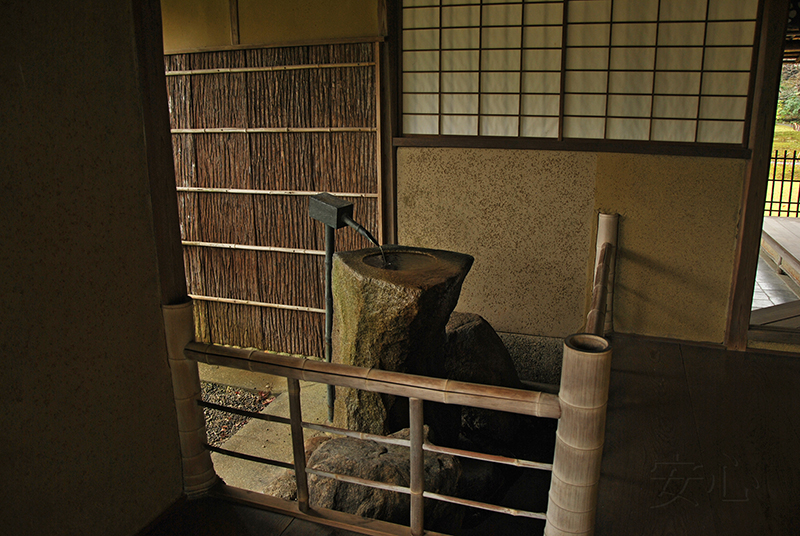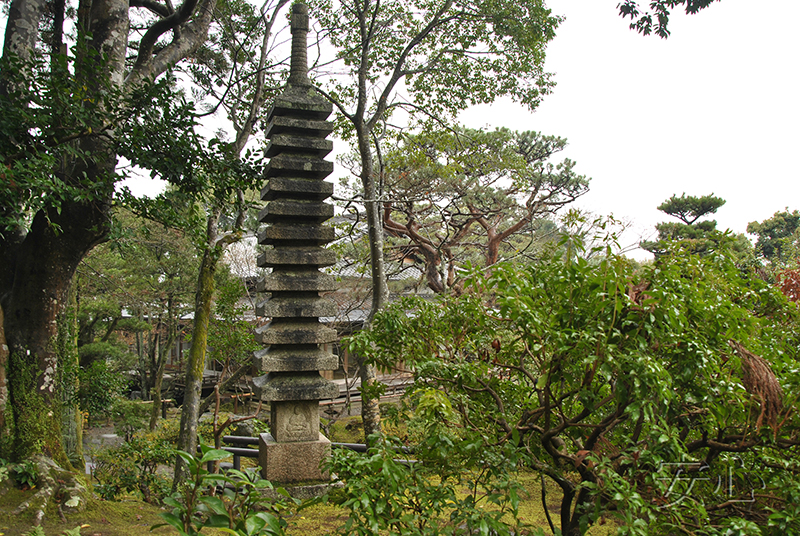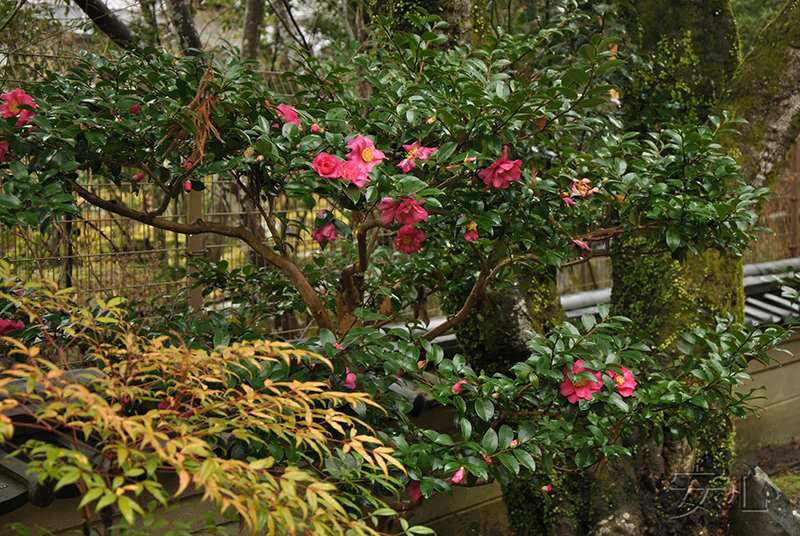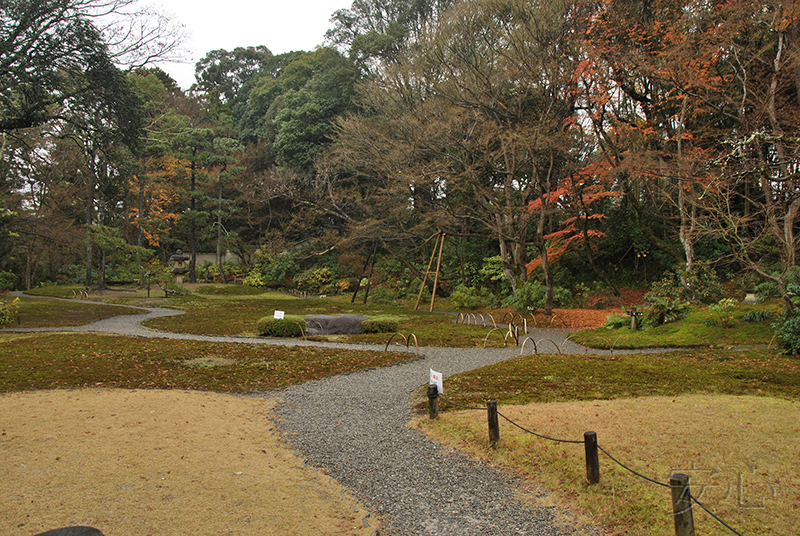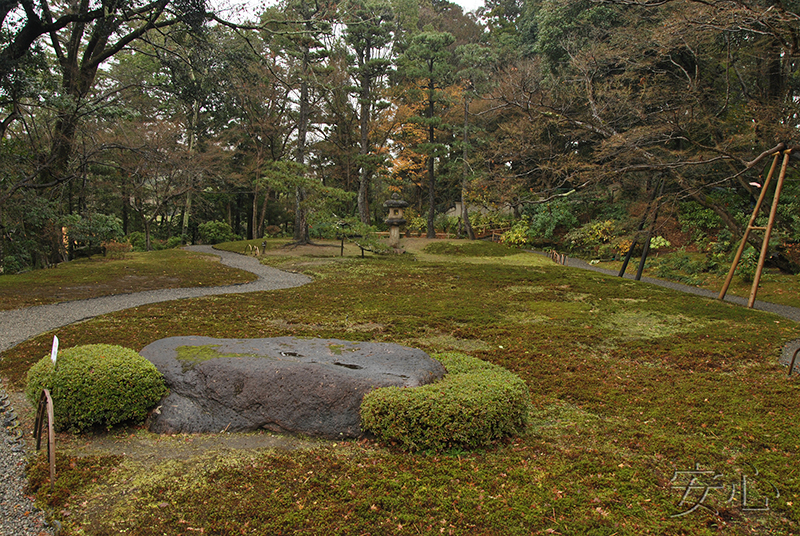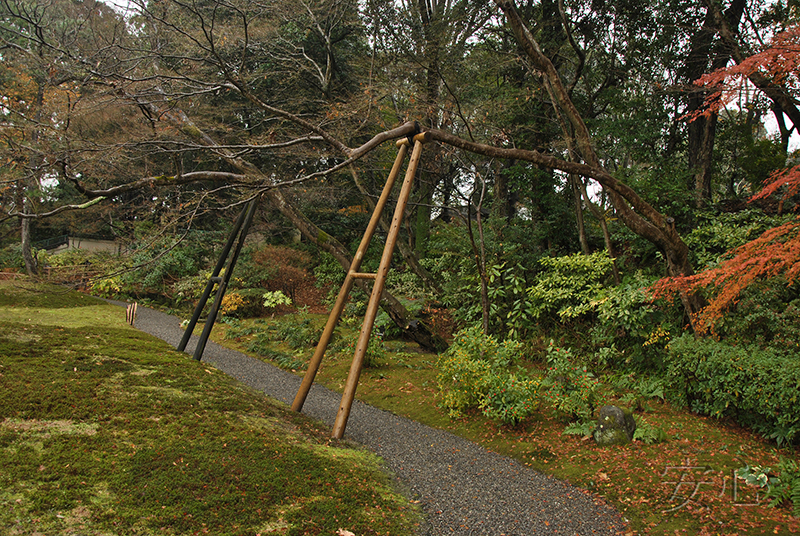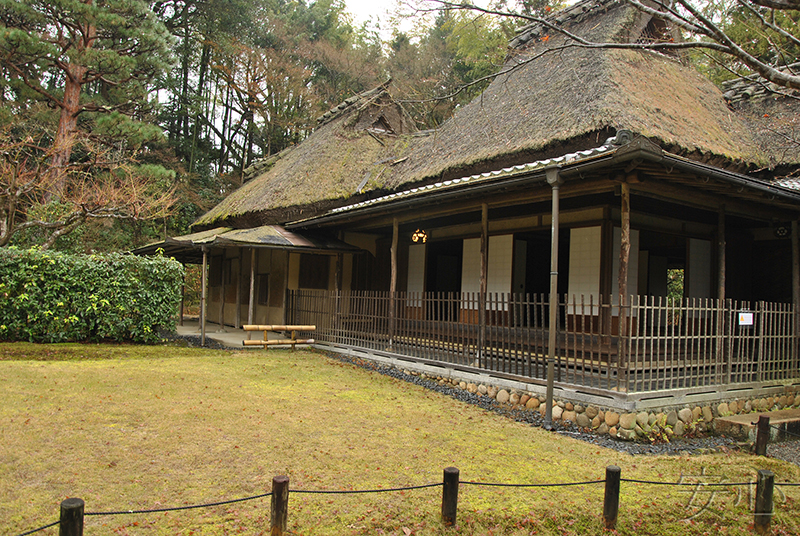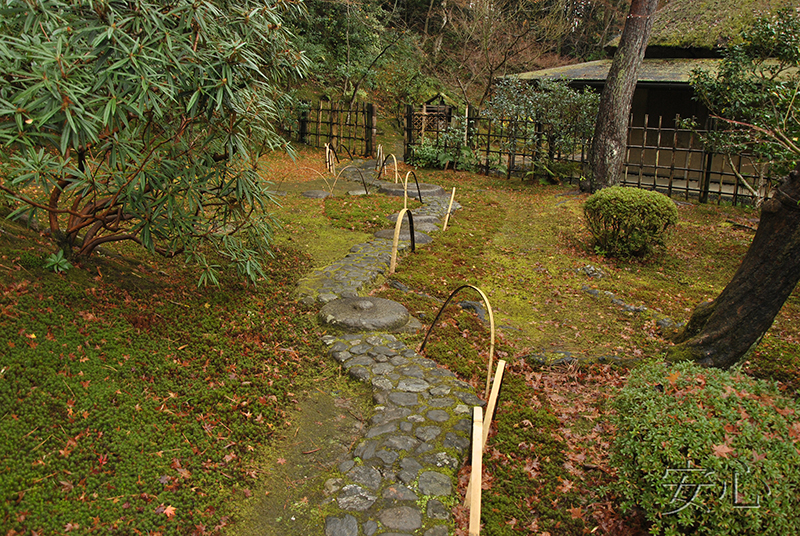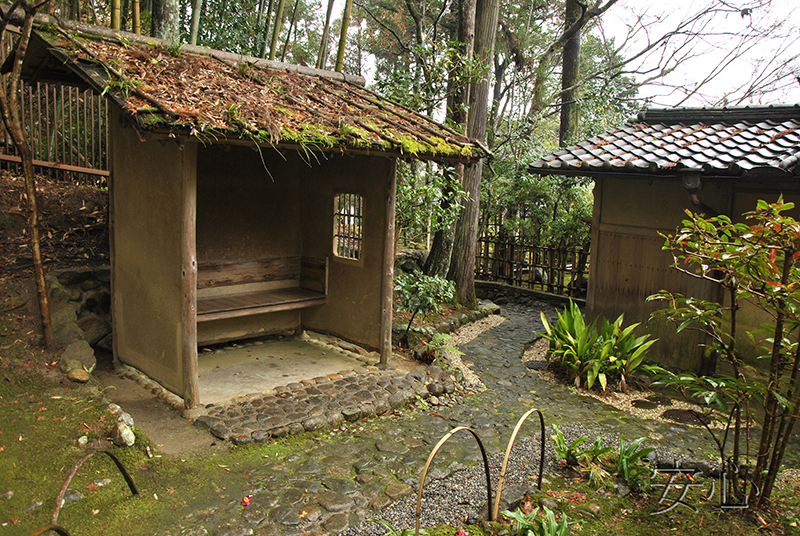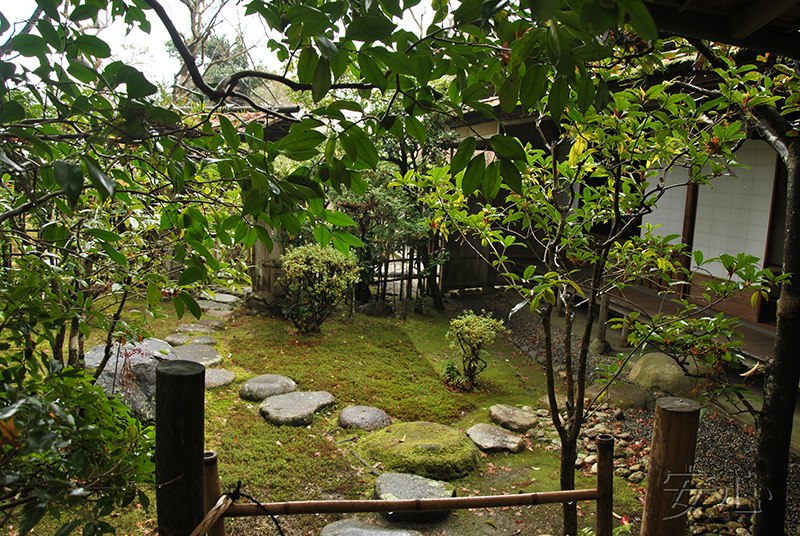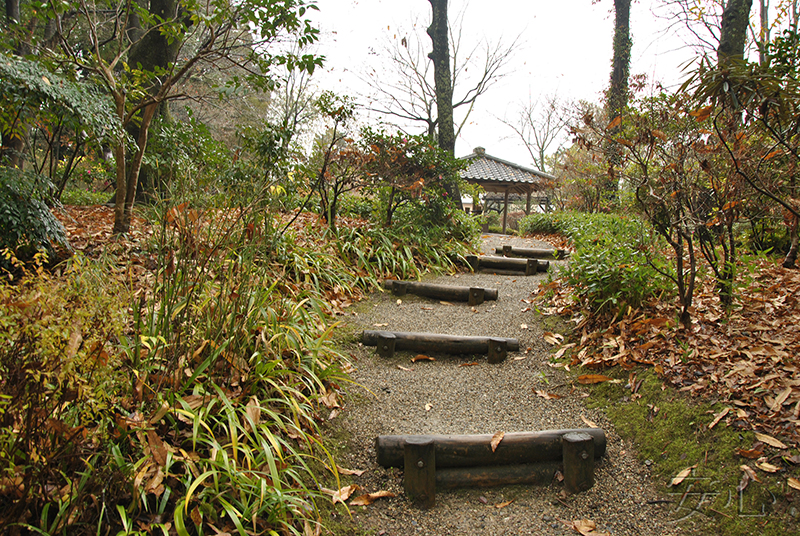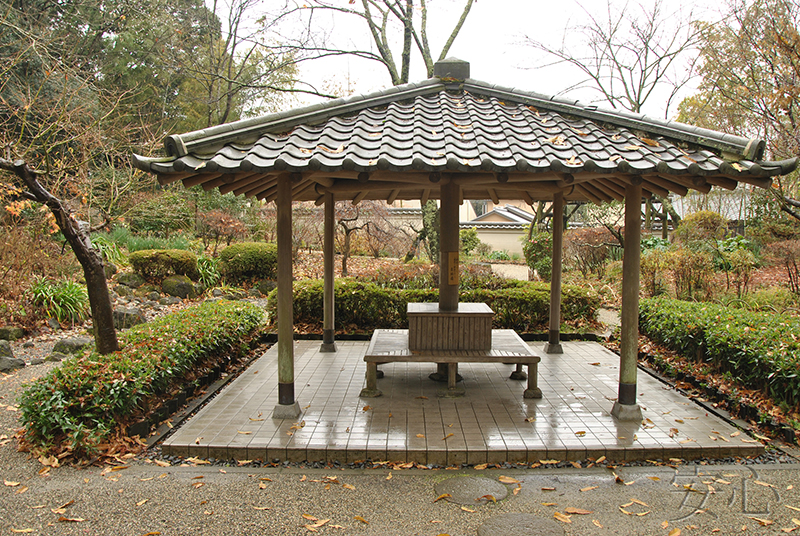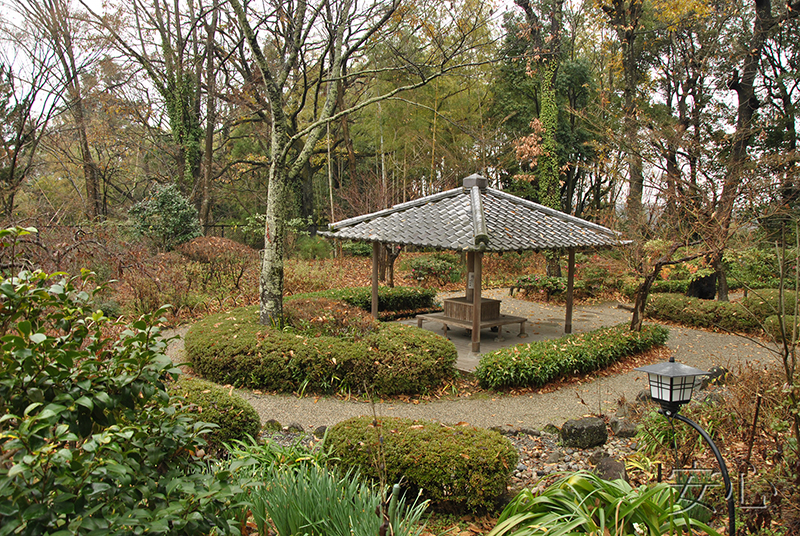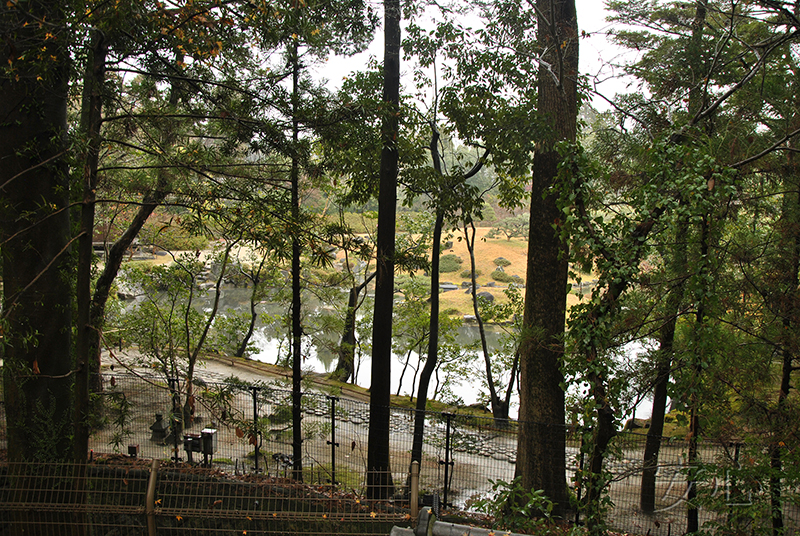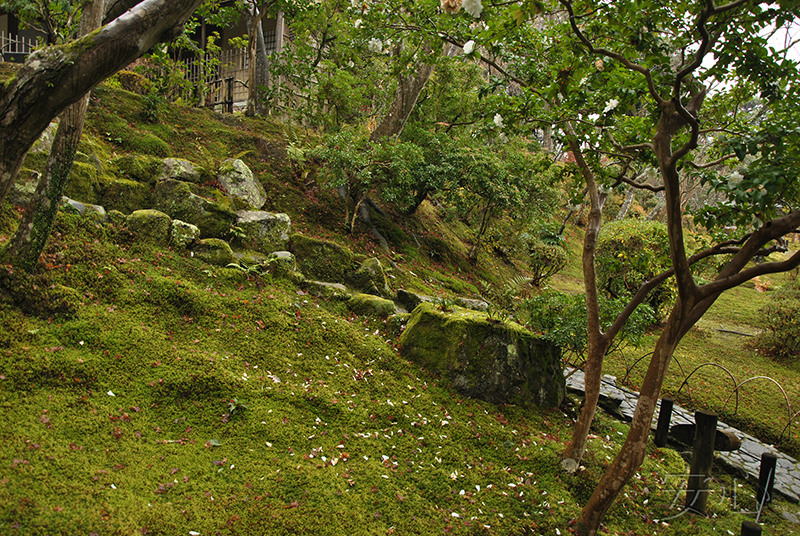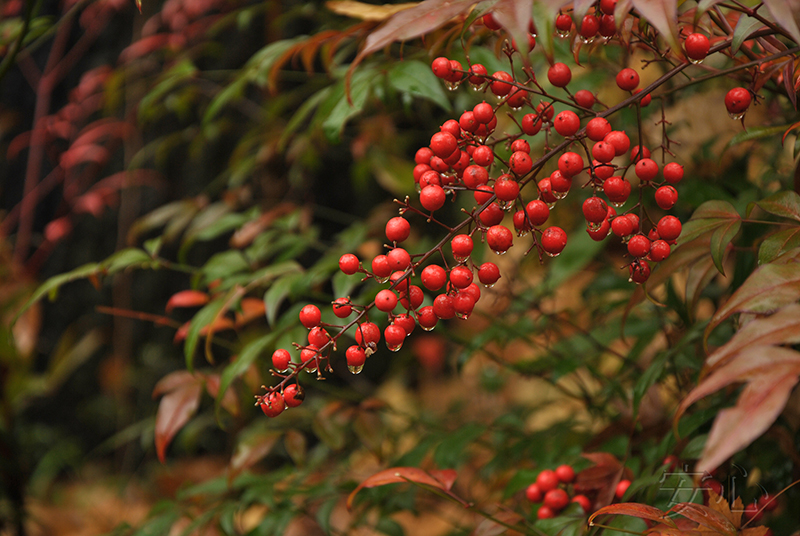
Yoshiki-en Garden in Nara
Yoshiki-en garden is located in Nara next to the Isui-en garden, so it is very convenient to combine a visit to these gardens. Entry for foreign citizens is free, as the garden belongs to the state. You just need to show your passport.
Previously, the territory of Yoshiki-en belonged to the Kofukuji Temple. During the Meiji period (1868 - 1912) the garden became independent. Since April 1989, it has been open to the general public. Tea ceremonies are also held here.
Yoshiki-en is divided into three parts.
The first one is a garden with a pond. We went up the stairs, to the arbor.
A wonderful view of the pond opens from here. The shape and individual details, the location of the buildings and the surrounding hills are clearly visible.
After a while we went downstairs. The territory of the garden is well-groomed, the plants are perfectly trimmed.
We walked along a long building with large windows. Apparently, this is a teahouse. There were no visitors that day, except for a couple of young people who were admiring the pond, but soon they disappeared somewhere.
Here we also found a cozy nook, fenced with sode-gaki, a decorative fence made of reed and bamboo.
A rocky path pass along the house. Despite the perfect cleanliness, the feeling it seemed that this place was created by nature itself. However, it is very typical for Japanese gardens.
We returned to the pond. It has a small island. Despite the presence of a bridge, you cannot walk on it. Apparently it is only for staff. There is a large stone lantern in the center of the island. To the left of the island, a large gray stone sticks out of the water. From here, you can clearly see the arbor above, where we came from.
If you turn the corner of the teahouse, you can see a large bowl of water. It is adjoined by a small terrace fenced with low railings, but you can get there only from the tea house.
Many streams flowing through the garden, you need to cross the bridges.
You will never say that the streams are artificial!
Sometimes there were also small waterfalls.
We visited Yoshiki-en in winter. At this time of the year, the bright ardisia berries are especially beautiful, shaded by light green juicy moss.
On the way we met many Japanese lanterns. Some of them were quite impressive in size.
We approached a building. Through the window could be seen a second garden, a moss garden. But we couldn't go right through the window.
We admired the tsukubai and moved on.
A small gate attracted our attention by its picturesque roof.
At the end of the path we reached the very top of the hill. Through the thickets we could see the tea house opposite the pond.
In addition to nandina berries, blooming camellias decorate the garden in December.
In a couple of minutes we came out to the moss garden. It is made in the form of a clearing surrounded by large trees. A stone path winds between moss islands. Despite the end of December, some maples still had some scarlet foliage. I guess this place is stunningly beautiful in November!
On the opposite side there is another tea house.
Having skirted it, we walked along a paved path, past a tsukubai overgrown with moss. Next to the bowl someone carefully built a house for a lantern.
The small hole below is the nijiriguchi, guests should enter the tea house through it during traditional tea ceremonies.
Opposite the house, among the trees, we found small pond. Despite its small size, it looks very harmonious.
To the side of the teahouse is a waiting arbor, soto-koshikake.
A small garden is visible behind a bamboo hedge, but there is no passage there. Apparently, this is part of the first garden.
We went up the ladder in the direction of the third garden.
However, this garden disappointed us. We expected to see something like a traditional tea garden, but we saw this.
Perhaps this part will be beautiful in the summer. The sign said not only "tea garden" but also "flower garden". But in winter there are no flowers, and perennials have a shabby appearance.
So we went down the stairs back.
On the way back through the fence we could see the Isui-en garden, where we were going to go after visiting Yoshiki-en.
Walking along the slopes covered with moss is an indescribable pleasure! And the rainy weather made this garden even more beautiful.
We really liked Yoshiki-en. And, if we ever visit Nara, we will definitely come here again. It is interesting to see it at other times of the year. Although winter, of course, had its own charm: bright greenery, fresh smell and no one but us in the garden.
Garden Information:
Address: 60-1, Noborioji-cho, Nara City, Nara Prefecture 630-8577
Opening hours: from 9 a.m. to 5 p.m. (entrance until 16.30)
Closed: February 15-28
anshin©2011All rights reserved. When using the materials of the site, reference is obligatory.
Proposals for co-operation, as well as comments and suggestions on the site please send to the address: anshinsad@gmail.comtel: +7 (965) 121-80-60, 10am-20pm
